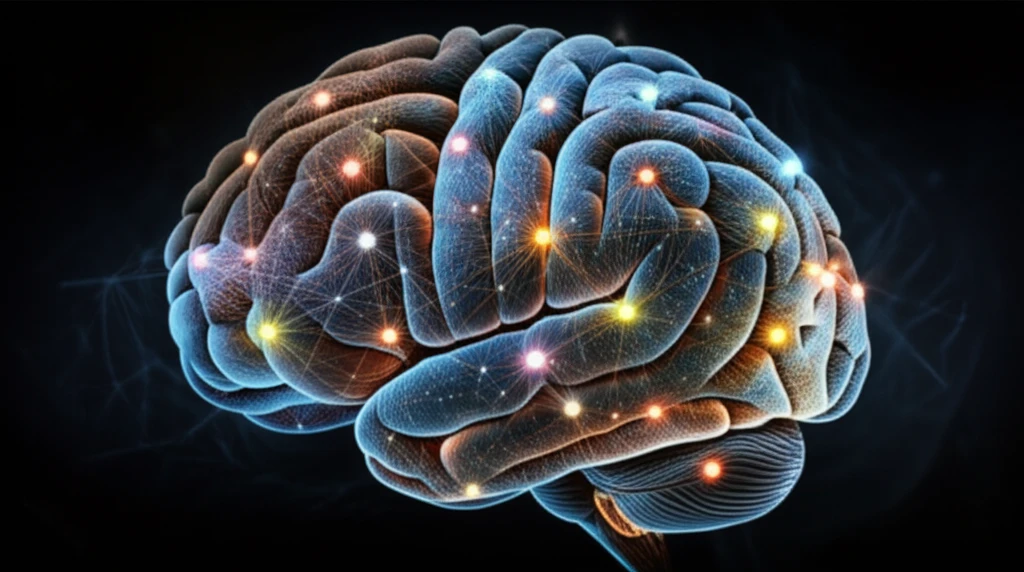
Brain Graphs: Are We Mapping Our Minds the Right Way?
"A new study reveals that how we define the nodes in brain network analysis significantly impacts the accuracy of our mental maps."
The human brain, a vast and intricate landscape of interconnected regions, has always been a subject of fascination. Modern neuroscience uses functional Magnetic Resonance Imaging (fMRI) to peek inside this landscape, mapping the complex communication networks that orchestrate our thoughts, emotions, and actions. Graph theory, a mathematical framework for studying networks, has become a popular tool for analyzing these brain networks, offering a way to quantify their architecture and understand how they function in both health and disease.
But there's a fundamental challenge in constructing these brain graphs: How do we define the 'nodes,' the basic units of the network? Two primary methods dominate the field. The first involves using predefined regions of interest (ROIs) based on brain atlases. Imagine dividing the brain into a map of territories, each representing a specific anatomical area. The second approach, independent component analysis (ICA), is data-driven. It identifies independent components or spatial brain maps directly from the fMRI data, letting the brain's activity dictate the network's structure.
The question then becomes: Which method provides a more accurate representation of the brain's true functional organization? It's a debate that has significant implications for how we interpret brain network studies. A groundbreaking study steps into this arena, using simulated fMRI data to compare the performance of brain graphs constructed with ROI-based nodes versus ICA-based nodes. The findings challenge conventional wisdom and point towards a potentially more effective way to map our minds.
ICA vs. ROI: Unpacking the Brain Mapping Methods

To understand the study's results, let's delve deeper into the two competing methods for defining nodes in brain graphs:
- Pros: Straightforward, easy to implement, and provides a standardized way to compare results across studies.
- Cons: ROIs are based on anatomical boundaries, which may not perfectly align with functional boundaries. This means that an ROI might contain a mix of functionally distinct areas, blurring the picture of brain activity.
The Future of Brain Mapping
This study offers compelling evidence that the choice of node definition significantly impacts the accuracy of brain graph analysis. By demonstrating the superior performance of ICA-based methods in simulated fMRI data, the researchers challenge the conventional reliance on ROI-based approaches. The implications are far-reaching, suggesting that data-driven methods may hold the key to unlocking deeper insights into brain function and dysfunction.
